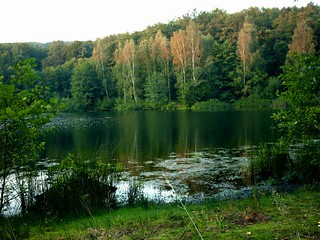
A service and outreach agency of the Warner College of Natural Resources at Colorado State University, Colorado State Forest Service (CSFS) has resources for landowners, homeowners and communities to equip them with the knowledge of wildfire mitigation.
The mission of the Colorado State Forest Service is to “achieve stewardship of Colorado’s diverse forest environments for the benefit of present and future generations.”
Known for their diversity and beauty, Colorado’s forests provide habitat for many species of wildlife, improve water quality, filter pollutants from water and air, enhance outdoor and recreational experiences, provide wood products and supply jobs that support local economies. Like most natural resources, forests require proper management to be healthy and productive.
The CSFS, together with other natural resource organizations, strives to provide comprehensive support for the care of our natural environment.
The annual aerial forest health survey is a cooperative program of the USDA Forest Service (USFS) and the CSFS. Together they conduct an assessment of Colorado’s forests, supplemented with ground-checks conducted by aerial surveyors, and information on occurrence and severity of forest damage observed by CSFS foresters during their day-to-day activities.
In addition, the CSFS, USFS, USDA Animal and Plant Health Inspection Service (APHIS) and the Colorado Department of Agriculture conduct special surveys to help detect various pests. In 2013, special surveys were conducted for thousand cankers disease, Douglas-fir tussock moth, emerald ash borer and gypsy moth.
The CSFS produces an annual report on the health of Colorado’s forests, which provides information about emerging and ongoing forest health issues, as well as actions they are taking to reduce their impacts.
Catastrophic wildfires in spring and early summer, a massive flood in September and the discovery of emerald ash borer in Boulder captured headlines in 2013. In 2013, as in past years, Colorado’s forests suffered damage from a wide range of insects, diseases and other agents, both indigenous and exotic.
Fir engraver beetle is a pest of white fir, a tree that is found in mixed conifer forests, including the Douglas-fir and ponderosa pine forests in portions of southern Colorado. During years of below-normal precipitation, this bark beetle can reach epidemic proportions, killing large numbers of mature or nearly mature white fir.
Areas of significant fir engraver beetle impact include the eastern slopes of the Wet Mountains; the Sangre de Cristo and Culebra ranges; and portions of the Four Mile and Eight Mile (Phantom Canyon) Creek basins.
Sudden aspen decline, which is the dieback and death of aspen stands, has been a concern in Colorado since 2005. Peak damage occurred in 2008 when roughly 17 percent of the state’s aspen forests were affected. The condition is believed to be drought-related. Aspen stands that exceed 60 years in age, occurring at lower elevations, were most severely affected. Weakened trees were attacked and killed by several secondary insects and fungi.
Other analysis of forest health can be found at http://csfs.colostate. edu/pdfs/2013ForestHealthReport.pdf and http://csfs.colostate.edu/pdfs/2013FHR-InsectDiseaseUpdate.pdf.





